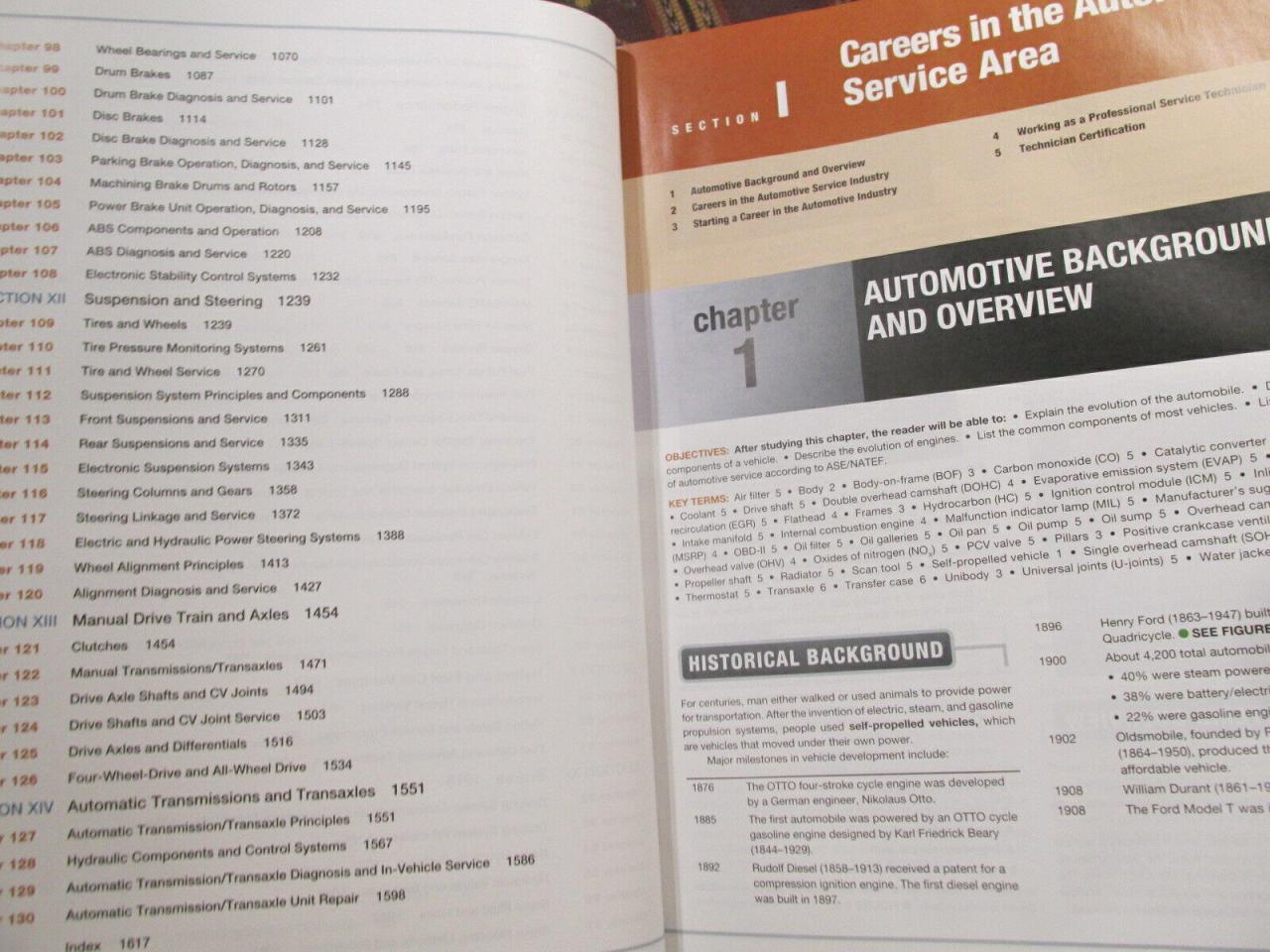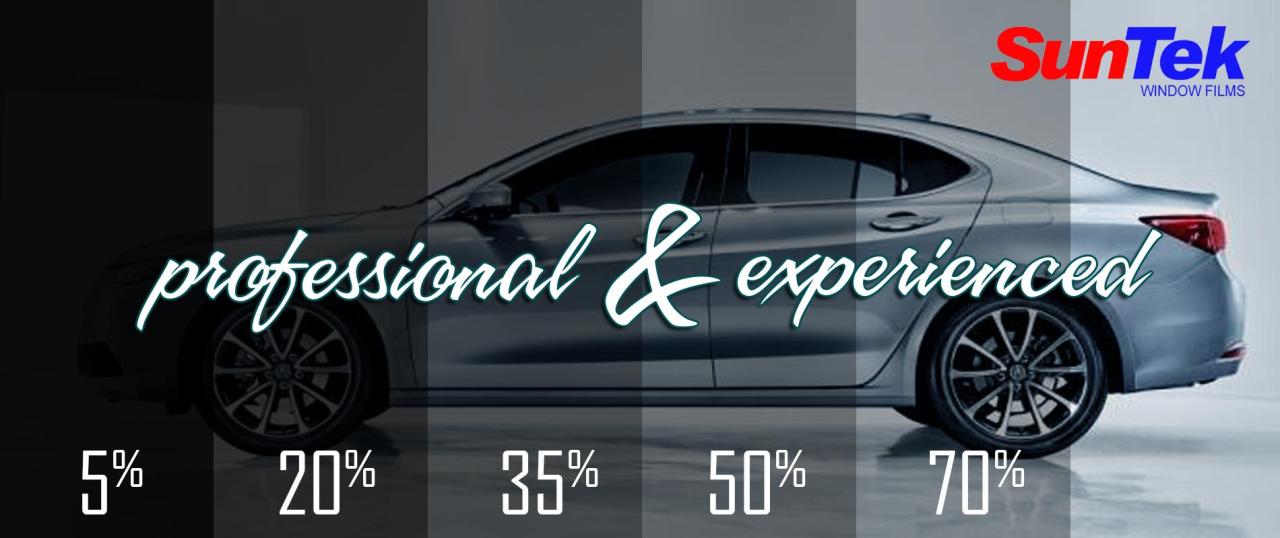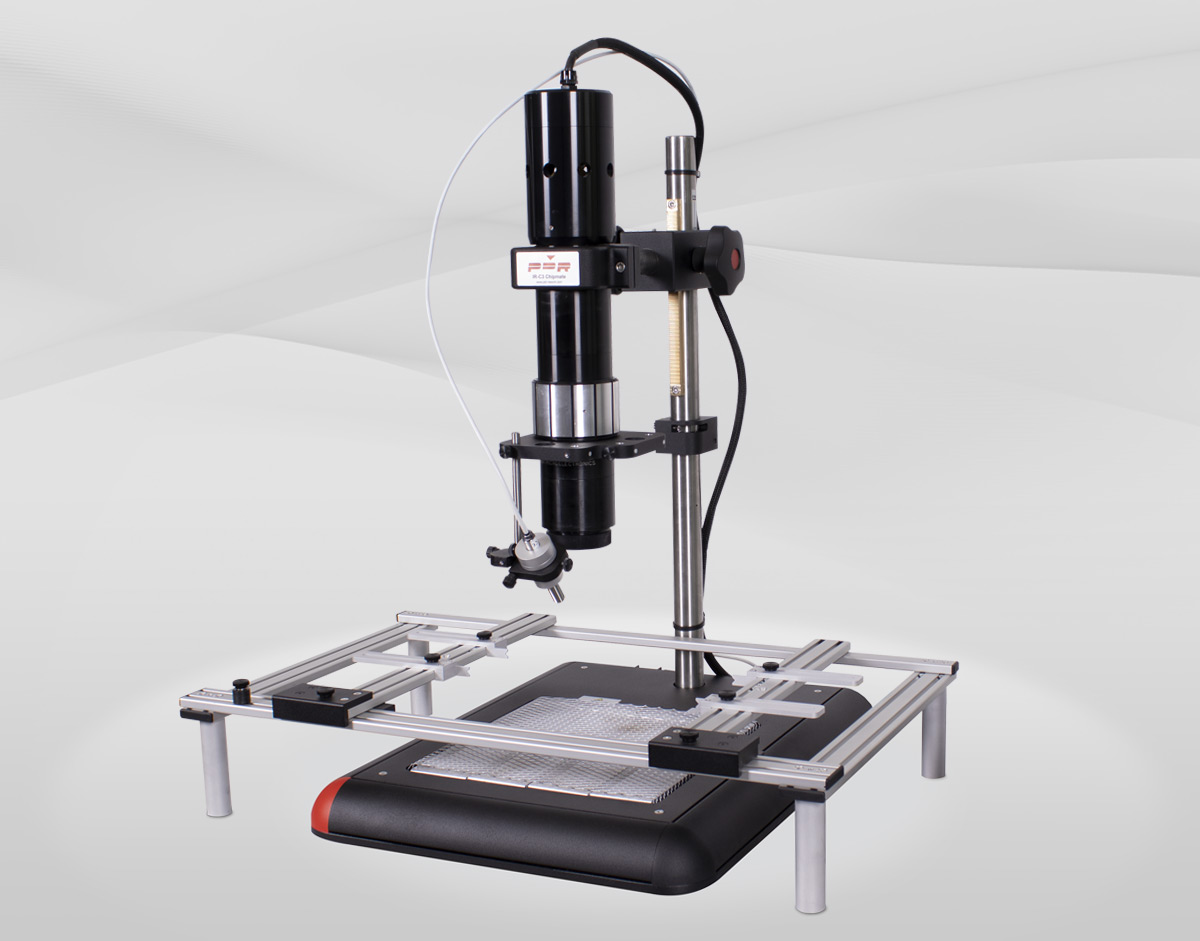Dealership Technology: Transforming the Automotive Industry
Dealership technology has revolutionized the automotive industry, moving beyond simple transactions to a customer-centric approach. From managing inventory and streamlining service processes to engaging customers through digital marketing and personalized […]
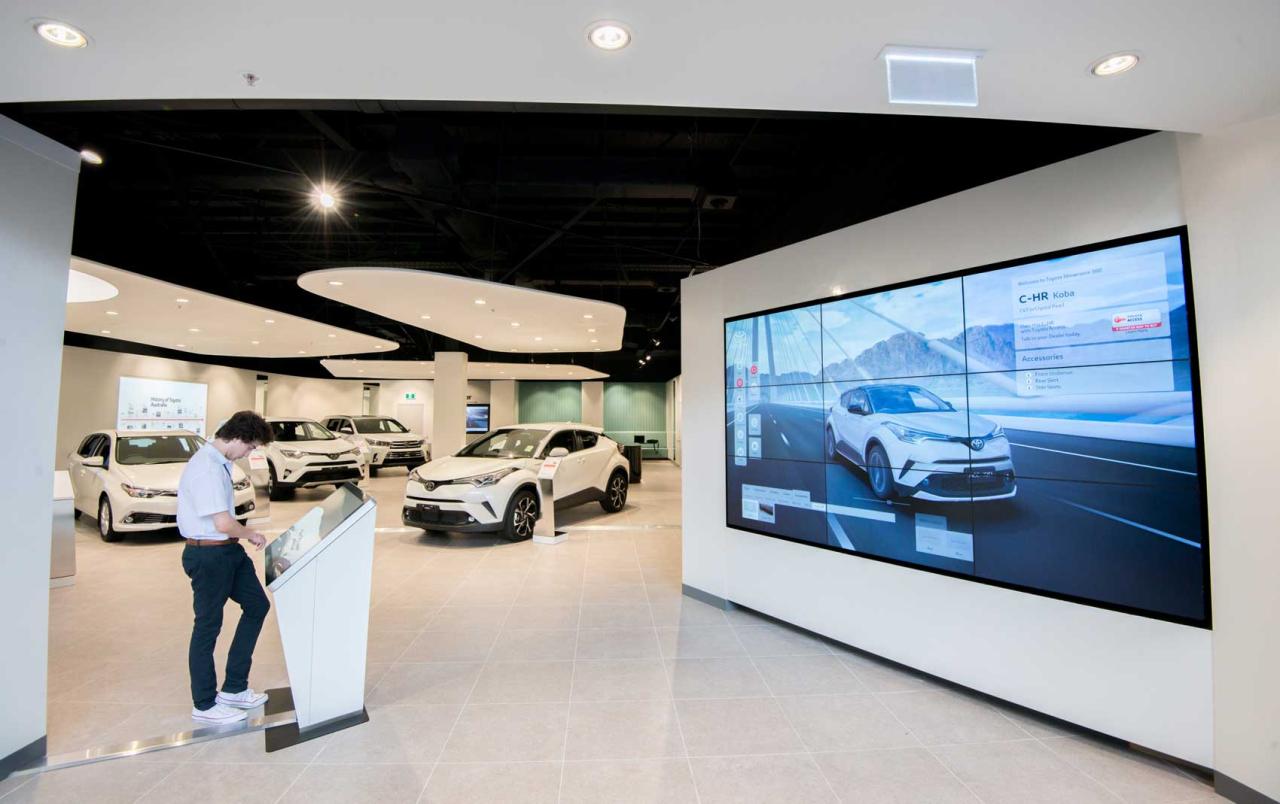
Dealership technology has revolutionized the automotive industry, moving beyond simple transactions to a customer-centric approach. From managing inventory and streamlining service processes to engaging customers through digital marketing and personalized experiences, technology has become the driving force behind dealership success.
This transformation has been fueled by advancements in customer relationship management (CRM), digital marketing, inventory management, and service and repair technologies. Each of these areas plays a crucial role in optimizing operations, enhancing customer satisfaction, and ultimately driving revenue.
Evolution of Dealership Technology
The automotive industry has witnessed a remarkable transformation in the way dealerships operate, driven by the relentless advancement of technology. From the early days of rudimentary systems to the sophisticated digital platforms of today, dealerships have embraced innovation to enhance efficiency, customer experience, and overall profitability.
Early Systems and Their Impact
The initial foray of technology into dealerships involved basic systems like inventory management software and accounting programs. These early systems, often implemented in the 1980s and 1990s, provided rudimentary tools for tracking vehicle stock, managing finances, and generating reports. While limited in scope, these early technologies laid the foundation for the more sophisticated systems that would emerge later.
Early dealership technology focused on automating basic tasks, improving operational efficiency, and streamlining administrative processes.
The Rise of the Internet and its Impact
The advent of the internet in the late 20th century ushered in a new era for dealerships. Websites became essential tools for showcasing inventory, connecting with potential customers, and providing information about services. Online marketing campaigns, search engine optimization (), and customer relationship management (CRM) systems gained prominence, enabling dealerships to reach wider audiences and build stronger customer relationships.
The internet revolutionized customer engagement, providing dealerships with new channels to connect with potential buyers and streamline communication.
Modern Advancements and Their Impact, Dealership technology
Modern dealerships leverage a vast array of advanced technologies to enhance every aspect of their operations. Digital showroom experiences, virtual reality (VR) and augmented reality (AR) applications, and data analytics tools provide immersive customer experiences, personalize interactions, and optimize sales strategies.
Modern dealership technology focuses on enhancing customer experience, streamlining operations, and leveraging data to drive informed decision-making.
Key Technological Shifts
- Shift from Analog to Digital: The transition from paper-based processes to digital platforms has streamlined operations, reduced errors, and improved data accessibility.
- Emergence of Mobile Technologies: Smartphones and tablets have empowered dealerships to connect with customers on the go, providing real-time information and services.
- Data Analytics and Customer Insights: Advanced analytics tools enable dealerships to gather customer data, analyze buying patterns, and tailor marketing campaigns for increased effectiveness.
- Integration of Artificial Intelligence (AI): AI-powered chatbots, virtual assistants, and predictive analytics are transforming customer service, sales processes, and inventory management.
Customer Relationship Management (CRM) in Dealership
In the modern automotive industry, customer relationships are paramount to success. Dealerships are increasingly relying on Customer Relationship Management (CRM) systems to effectively manage customer interactions, enhance engagement, and drive sales. CRM systems provide a centralized platform for storing customer data, tracking interactions, and automating tasks, enabling dealerships to streamline operations and deliver personalized experiences.
Benefits of CRM in Dealership
CRM systems offer a range of benefits that help dealerships improve customer engagement and satisfaction. These benefits include:
- Centralized Customer Data: CRM systems consolidate all customer information, including contact details, purchase history, service records, and communication preferences, in one place. This centralized view provides a comprehensive understanding of each customer, enabling dealerships to tailor interactions and offer relevant services.
- Personalized Communication: CRM systems allow dealerships to segment customers based on various criteria, such as demographics, purchase history, or service needs. This segmentation enables targeted communication campaigns, personalized marketing materials, and tailored service recommendations, enhancing customer engagement and satisfaction.
- Improved Sales Processes: CRM systems streamline sales processes by automating tasks, tracking leads, and managing follow-ups. They provide insights into customer behavior and sales trends, enabling dealerships to identify opportunities, optimize sales strategies, and increase conversion rates.
- Enhanced Customer Service: CRM systems facilitate efficient customer service by providing a central repository for service requests, tracking service history, and managing appointments. They empower service advisors to access relevant customer information and provide personalized service experiences.
Examples of CRM Implementation in Dealership
Dealerships are leveraging CRM systems in innovative ways to enhance customer interactions and optimize sales processes. Some examples include:
- Personalized Service Reminders: Dealerships use CRM systems to send automated service reminders based on vehicle maintenance schedules, ensuring timely service appointments and promoting customer loyalty.
- Targeted Marketing Campaigns: CRM systems enable dealerships to segment customers based on demographics, purchase history, or service needs, allowing them to create targeted marketing campaigns that resonate with specific customer groups.
- Lead Management and Follow-up: CRM systems track leads, manage follow-ups, and provide insights into customer behavior, helping dealerships identify and nurture potential customers, leading to increased sales.
- Customer Feedback and Surveys: CRM systems facilitate customer feedback collection through surveys and reviews, enabling dealerships to gauge customer satisfaction, identify areas for improvement, and enhance the overall customer experience.
Comparison of CRM Software Solutions
Various CRM software solutions are available specifically designed for dealerships. The following table compares some popular options:
| CRM Software | Key Features | Pricing | Target Audience |
|---|---|---|---|
| AutoLeadStar | Lead management, sales automation, customer engagement, reporting and analytics. | Subscription-based pricing with different tiers. | Small to medium-sized dealerships. |
| CDK Drive | Customer relationship management, sales and service automation, marketing and communication tools. | Subscription-based pricing with different tiers. | Large dealerships and dealer groups. |
| DealerSocket | CRM, marketing automation, service scheduling, finance and insurance solutions. | Subscription-based pricing with different tiers. | Dealerships of all sizes. |
| ADP Dealer.com | CRM, website and digital marketing solutions, lead management, service scheduling. | Subscription-based pricing with different tiers. | Dealerships of all sizes. |
Digital Marketing and Dealership Technology

In today’s digital age, dealerships must embrace technology to stay competitive and thrive. Digital marketing plays a crucial role in reaching potential customers, building brand awareness, and driving sales. Dealerships can leverage technology to effectively connect with their target audience and generate leads.
Website Optimization
A well-optimized website is essential for any dealership. This involves ensuring that the website is user-friendly, mobile-responsive, and ranks high in search engine results pages (SERPs).
- Search Engine Optimization (): Dealerships can implement strategies to improve their website’s visibility in search engines. This includes optimizing website content with relevant s, building high-quality backlinks, and ensuring the website’s technical aspects are optimized.
- Content Marketing: Creating valuable and engaging content, such as blog posts, articles, and videos, can attract potential customers and establish the dealership as a trusted source of information. This content should be relevant to the target audience’s interests and needs.
- User Experience (UX): A user-friendly website design that is easy to navigate and provides a positive user experience is crucial for driving conversions. Dealerships should prioritize clear calls to action, intuitive navigation, and mobile responsiveness.
Social Media Marketing
Social media platforms provide a powerful channel for dealerships to connect with potential customers, build brand awareness, and generate leads.
- Targeted Advertising: Social media platforms offer advanced targeting options that allow dealerships to reach specific demographics, interests, and behaviors. This enables dealerships to deliver highly relevant ads to their target audience.
- Engaging Content: Creating engaging content, such as photos, videos, and interactive posts, can help dealerships interact with their audience and build a community. This content should be tailored to the specific platform and audience.
- Social Listening: Monitoring social media conversations about the dealership and its competitors can provide valuable insights into customer sentiment, trends, and opportunities. This information can be used to improve marketing strategies and customer service.
Online Advertising
Online advertising platforms, such as Google Ads and Facebook Ads, provide dealerships with the opportunity to reach a wide audience and drive traffic to their website.
- Pay-Per-Click (PPC): PPC advertising allows dealerships to pay only when a user clicks on their ad. This is a highly targeted form of advertising that can be effective in generating leads and driving sales.
- Remarketing: Remarketing campaigns target users who have previously visited the dealership’s website but did not make a purchase. This allows dealerships to stay top of mind and encourage users to return and complete a transaction.
- Display Advertising: Display ads appear on websites and apps that are relevant to the dealership’s target audience. This can be an effective way to reach a large audience and build brand awareness.
Customer Data Analysis
Dealerships can leverage technology to collect and analyze customer data, enabling them to better understand their target audience and personalize their marketing efforts.
- Customer Relationship Management (CRM): CRM systems provide a centralized platform for managing customer interactions, tracking sales leads, and analyzing customer data. This information can be used to segment customers, personalize marketing campaigns, and improve customer service.
- Data Analytics: Dealership can use data analytics tools to analyze website traffic, customer behavior, and marketing campaign performance. This data can be used to identify trends, optimize campaigns, and make data-driven decisions.
- Artificial Intelligence (AI): AI-powered tools can automate tasks, analyze data, and personalize customer experiences. For example, AI chatbots can provide instant customer support and answer common questions.
Sample Digital Marketing Campaign
Here’s a sample digital marketing campaign for a dealership selling new and used cars:
- Target Audience: The target audience for this campaign is young professionals aged 25-35 living in a specific city, interested in purchasing a new or used car.
- Campaign Goals: The campaign aims to increase brand awareness, generate leads, and drive website traffic.
- Campaign Strategies:
- Social Media: Create engaging content showcasing the dealership’s inventory, services, and customer testimonials on platforms like Facebook, Instagram, and YouTube. Run targeted ads on these platforms to reach the defined target audience.
- Website Optimization: Optimize the dealership’s website for relevant s and ensure it’s mobile-responsive. Create compelling content, such as blog posts and articles, that address the needs and interests of the target audience.
- Online Advertising: Run PPC campaigns on Google Ads and Facebook Ads, targeting users interested in car buying, specific car models, or the dealership’s location.
- Email Marketing: Collect email addresses from website visitors and social media followers. Send targeted email campaigns promoting new inventory, special offers, and events.
Inventory Management and Dealership Technology
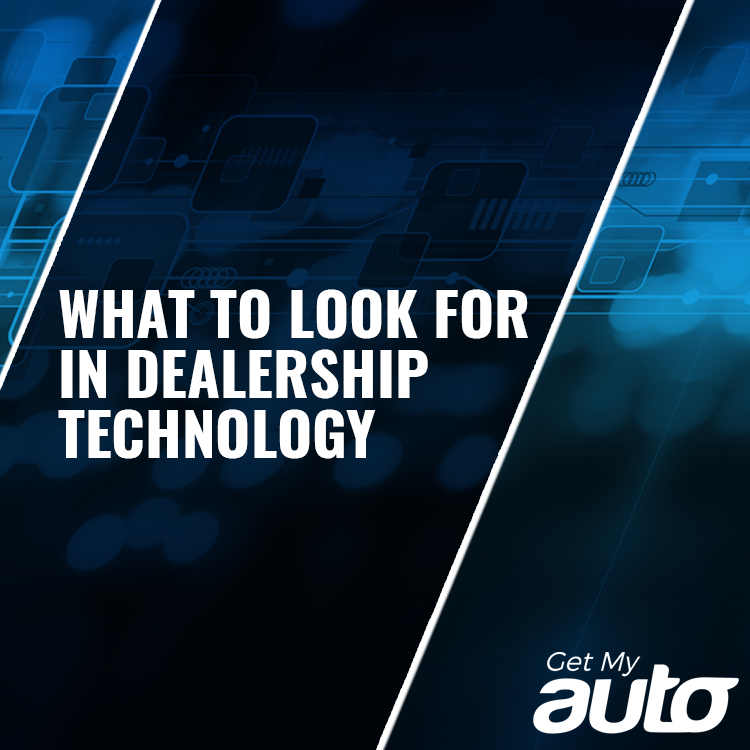
In the fast-paced automotive industry, effective inventory management is crucial for dealerships to thrive. Technology plays a vital role in streamlining processes, optimizing stock levels, and enhancing customer satisfaction.
Technology Streamlines Inventory Management Processes
Technology significantly simplifies inventory management processes, allowing dealerships to track vehicles, manage stock levels, and make informed decisions.
- Vehicle Tracking: Dealership management systems (DMS) provide comprehensive vehicle tracking capabilities, enabling dealerships to monitor the location, condition, and status of each vehicle in their inventory. This real-time visibility ensures accurate inventory data and helps avoid discrepancies.
- Automated Stock Level Management: Advanced inventory management systems leverage historical data and market trends to predict demand and automatically adjust stock levels. This intelligent approach minimizes overstocking and understocking, reducing storage costs and ensuring optimal inventory availability.
- Inventory Optimization: Technology empowers dealerships to optimize their inventory based on factors such as customer demand, market trends, and vehicle profitability. By analyzing data, dealerships can identify high-demand vehicles and adjust their stock accordingly.
Innovative Solutions for Managing Vehicle Inventory
Several innovative solutions are transforming how dealerships manage their vehicle inventory, addressing challenges like storage costs and maximizing efficiency.
- Off-Site Storage: Utilizing off-site storage facilities can significantly reduce storage costs, especially for dealerships with limited space. These facilities offer secure and cost-effective solutions for storing vehicles, freeing up valuable space on the dealership lot.
- Virtual Showrooms: Virtual showrooms allow customers to browse and explore vehicles online, reducing the need for extensive physical inventory. This approach can be particularly beneficial for dealerships with limited space or those offering a wide range of vehicles.
- Vehicle Condition Reporting: Automated vehicle condition reporting systems utilize technology to document the condition of each vehicle, providing accurate information to customers and streamlining the sales process. This eliminates the need for manual inspections and ensures transparency throughout the transaction.
Impact of Technology on Vehicle Availability and Customer Satisfaction
Technology’s impact on inventory management extends beyond operational efficiency; it directly affects vehicle availability and customer satisfaction.
- Improved Vehicle Availability: By optimizing stock levels and leveraging data-driven insights, dealerships can ensure that the vehicles customers want are readily available. This reduces waiting times and enhances customer satisfaction.
- Personalized Customer Experience: Technology enables dealerships to personalize the customer experience by providing access to detailed vehicle information, online scheduling, and customized recommendations. This personalized approach fosters stronger customer relationships and increases loyalty.
- Enhanced Transparency: Transparent inventory management practices, facilitated by technology, build trust with customers. Real-time access to vehicle availability, condition reports, and pricing information creates a more informed and positive customer experience.
Closing Summary
As technology continues to evolve, dealerships that embrace innovation will thrive in a competitive market. By leveraging emerging technologies like artificial intelligence, augmented reality, and blockchain, dealerships can create even more personalized and seamless experiences for customers. The future of dealership technology promises exciting possibilities, transforming the way we buy, sell, and service vehicles.
Dealership technology is constantly evolving, with new systems and software being introduced all the time. One area that has seen significant advancements is in the realm of cooling, particularly with the advent of polar cooling technologies. These innovative systems offer superior efficiency and environmental friendliness, making them a valuable asset for dealerships looking to optimize their operations and reduce their carbon footprint.
As technology continues to advance, we can expect to see even more groundbreaking solutions in the automotive industry.
